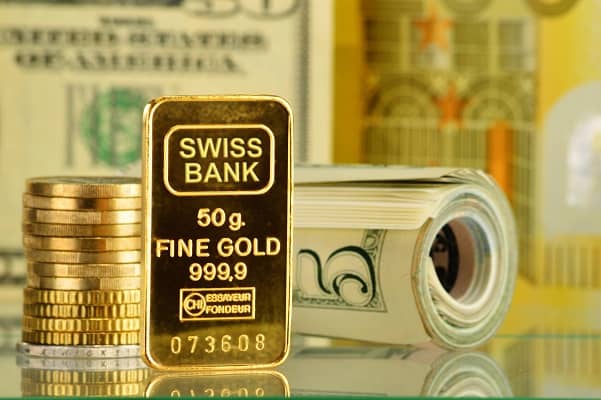




Gold prices have recently shown resilience, increasing by 0.7% to $2,650 per ounce as of December 9, 2024. This uptick is partly attributed to the People's Bank of China resuming its bullion accumulation after a six-month hiatus, raising its holdings from 72.80 million ounces in October to 72.96 million ounces in November. This marks a significant shift, as China's previous 18-month buying spree ended in May 2024. [920a5f63]
However, the geopolitical landscape in the Middle East is evolving, particularly following the historic turnaround in Syria with the fall of Bashar al-Assad's regime. Analysts suggest that this change may lead to a decrease in the geopolitical risk premium associated with gold, as it potentially reduces Iran's threat to Israel. This shift could impact gold's status as a safe haven, especially in light of recent U.S. economic data indicating resilience in the labor market, which may further influence investor sentiment towards gold. [920a5f63]
In the context of ongoing tensions between Iran and Israel, gold had previously surged due to safe-haven inflows. As of October 3, 2024, gold reached approximately Rs 76,114 per 10 grams, with predictions of a rise to Rs 78,500 amid escalating geopolitical tensions and expectations of interest rate cuts by the U.S. Federal Reserve. Analysts noted that gold surged nearly $150 in just two weeks, with spot prices hitting approximately $2,656.05 per ounce. [f6246c7e]
Despite these gains, experts like Daniel Ghali from TD Securities warned that the market was overbought, with historical positioning levels at their maximum since July 2016. He highlighted that nearly 5 tons of gold were liquidated last week, indicating limited selling activity amidst strong Western investor sentiment fueled by inflation concerns. Hareesh V from Geojit Financial Services pointed to the safe-haven demand driven by Middle Eastern tensions, while Pranav Mer from JM Financial Services noted the global economic sluggishness prompting central banks to increase their gold reserves. [afdce6fb]
As the geopolitical landscape continues to shift, gold began October 2024 weakly at $2,618 per ounce but rebounded to a record high of $2,801.80 by the end of the month. In India, gold reached Rs 79,775 per 10 grams, driven by optimism for rate cuts and strong Asian demand. The World Gold Council reported an inflow of 18 tonnes into gold-backed ETFs in September, indicating a robust investment climate. [0902f837]
Looking ahead, market analysts anticipate that gold could re-test the psychological resistance level of $2,000, particularly if Hezbollah enters the conflict alongside Iran. While the outlook remains bullish, Ghali cautioned that gold prices could slide by $200 or more per ounce, suggesting a target buy price of $2,300 for investors. In the MCX market, gold is currently in an overbought zone, with profit booking expected as traders eye resistance levels. [6722d868]
Meanwhile, silver prices peaked at over $35 per ounce but faced a 6.5% correction due to a stronger dollar and rising Treasury yields. The interplay of these factors—geopolitical tensions, inflation fears, and market positioning—continues to create a complex environment for gold investors navigating the current climate. [0902f837]